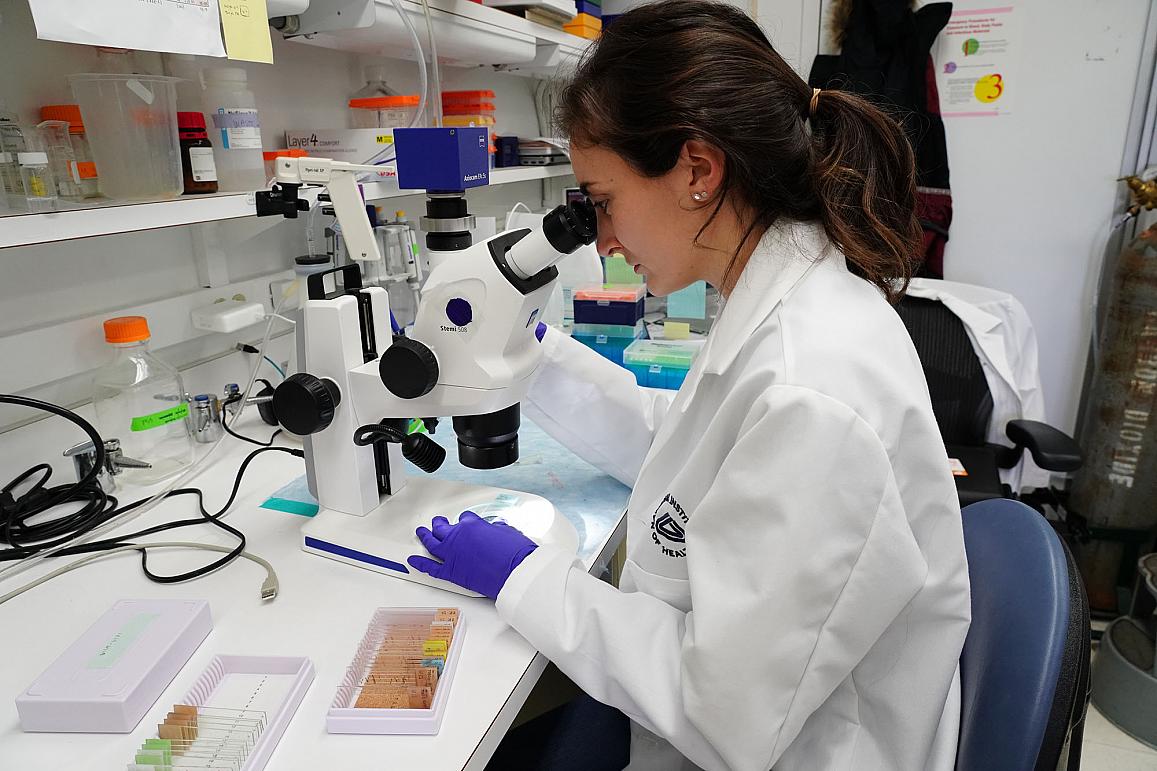How does acupuncture work from a biomedical perspective?

As methods of scientific inquiry have progressed, the mechanisms of acupuncture are beginning to be more clearly understood. While the mechanisms can get quite complex, ultimately acupuncture is a remarkably simple technique that depends entirely upon one thing: regulation of the peripheral and central nervous system and vascular system.
Broadly speaking, acupuncture
- relieves pain.
- reduces inflammation.
- restores homeostasis.
Homeostasis refers to the body’s ability to regulate its environment and maintain internal balance. All diseases involve a disturbance of homeostasis, and nearly all diseases involve some degree of pain and inflammation. In fact, research suggests that many serious conditions such as heart disease previously thought to have other causes are in fact primarily caused by chronic inflammation. If we understand that most diseases are characterized by pain, inflammation and disturbance of homeostasis, we begin to understand why acupuncture can be effective for so many conditions.
The following is a list of mechanisms that have been identified so far:
- Acupuncture promotes blood flow. This is significant because everything the body needs to heal is in the blood, including oxygen, nutrients we absorb from food, immune substances, hormones, analgesics (painkillers) and anti-inflammatories. Restoring proper blood flow is vital to promoting and maintaining health. For example if blood flow is diminished by as little as 3% in the breast area cancer may develop. Blood flow decreases as we age and can be impacted by trauma, injuries and certain diseases. Acupuncture has been shown to increase blood flow and vasodilation in several regions of the body, and is the only treatment shown to increase blood flow to the uterus.
- Acupuncture stimulates the body’s built-in healing mechanisms. Acupuncture facilitates “micro traumas” that stimulate the body’s ability to spontaneously heal injuries to the tissue through nervous, immune and endocrine system activation. As the body heals the micro traumas induced by acupuncture, it also heals any surrounding tissue damage left over from old injuries.
- Acupuncture releases natural painkillers. Inserting a needle sends a signal through the nervous system to the brain, where chemicals such as endorphins, norepinephrine and enkephalin are released. Some of these substances are 10-200 times more potent than morphine!
- Acupuncture reduces both the intensity and perception of chronic pain. It does this through a process called “descending control normalization”, which involves the serotonergic nervous system.
- Acupuncture relaxes shortened muscles. This in turn releases pressure on joint structures and nerves, and promotes blood flow.
- Acupuncture reduces stress. This is perhaps the most important systemic effect of acupuncture. Recent research suggests that acupuncture stimulates the release of oxytocin, a hormone and signaling substance that regulates the parasympathetic nervous system. You’ve probably heard of the “fight-or-flight” response that is governed by the sympathetic nervous system. The parasympathetic nervous system has been called the “rest-and-digest” or “calm-and-connect” system, and in many ways is the opposite of the sympathetic system. Recent research has implicated impaired parasympathetic function in a wide range of autoimmune diseases, including arthritis, lupus, rheumatoid arthritis and inflammatory bowel disease.
Several other mechanisms have been identified, but the ones I’ve listed above are the most relevant and clearly understood. When you consider that the Chinese made these discoveries hundreds of years B.C., acupuncture is even more impressive.
Some purists object to acupuncture being described in biomedical terms. They feel that such descriptions are reductionistic and don’t take into account those aspects of acupuncture that we may not yet understand. While it is true that we don’t yet fully understand how acupuncture works, we should aim to provide each patient with the latest medical understanding available in terms they can understand and relate to. Doing this will improve open the door for acupuncture to be integrated into the healthcare system, which is needed now more than ever.
Laith Naayem L.Ac., MSOM
Licensed Acupuncturist
New Windsor NY
(845) 674-7639
